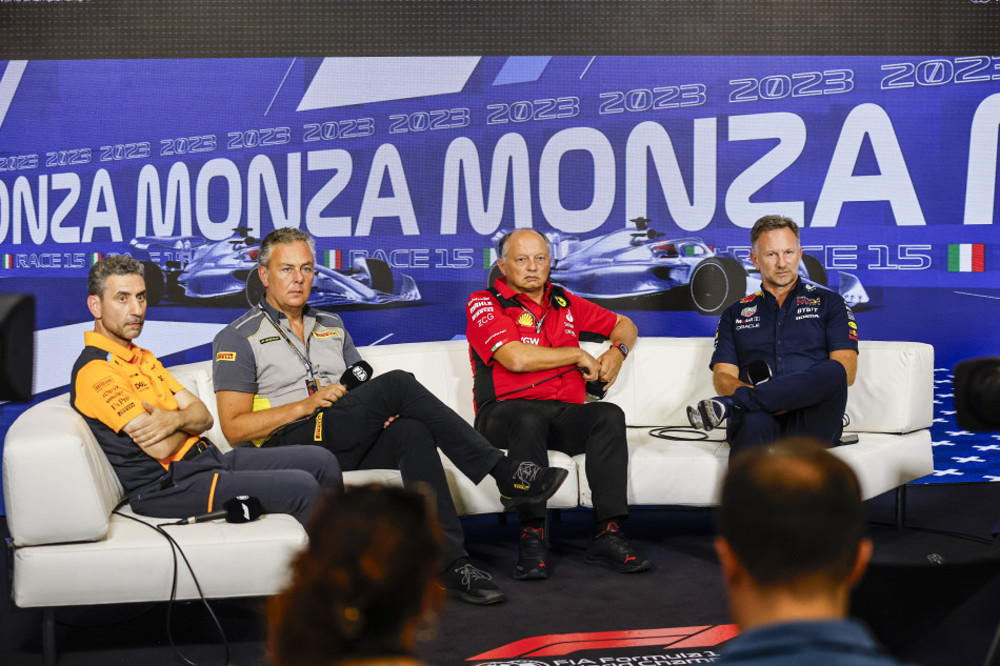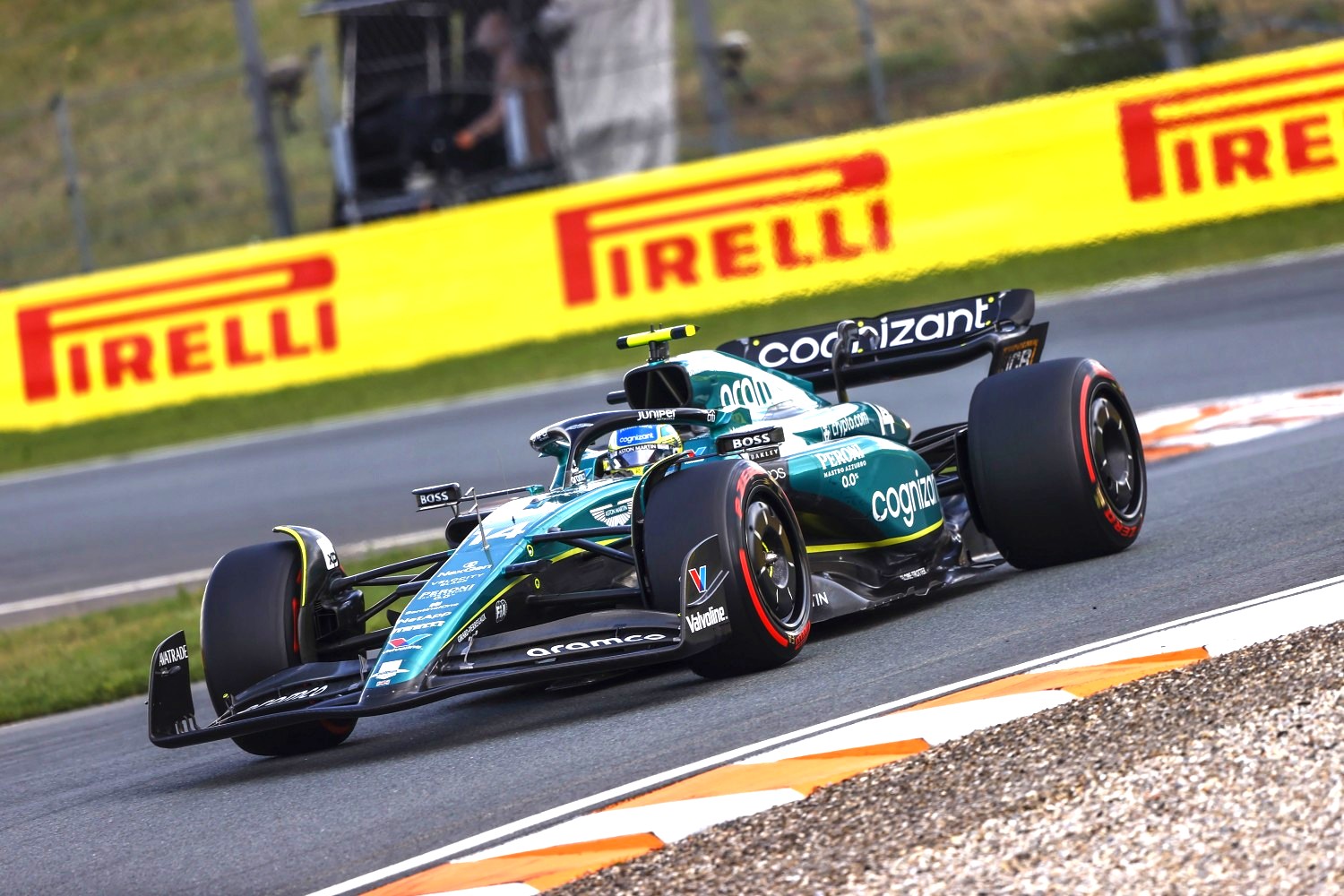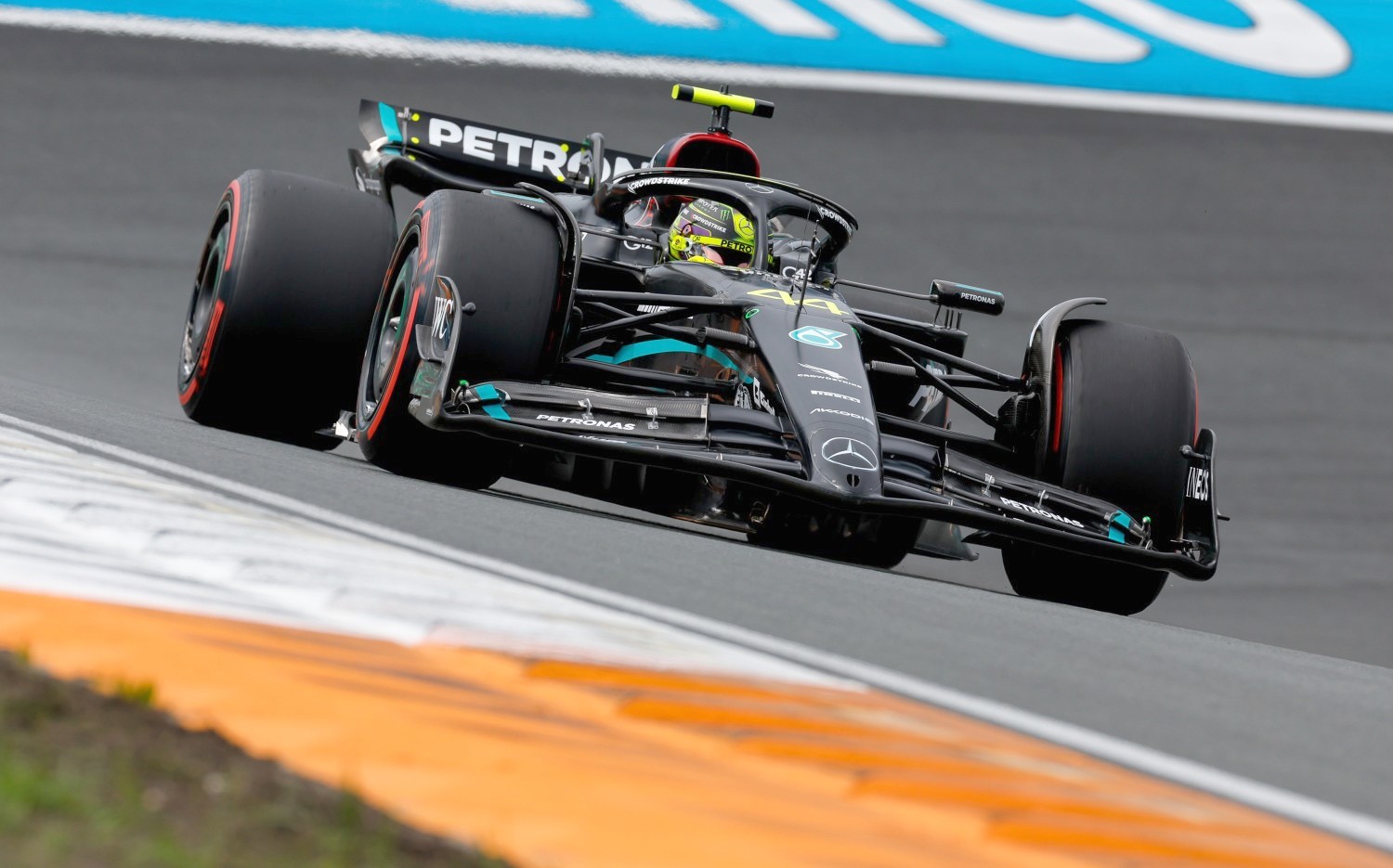F1: FIA takes further measures to prevent Flexi-Wings (Update)
Christian Horner has dismissed the FIA’s flexi wing clampdown as a concern for Red Bull but hopes rivals’ “rubbery nose boxes” will become a thing of the past in Singapore.
Article 3.2.2 of the Technical Regulations clearly bans flexi wings as it states that “all aerodynamic components or bodywork influencing the car’s aerodynamic performance must be rigidly secured and immobile with respect to their frame of reference.”
“It’s not something that affects us,” Horner insisted to the media. “We’ve seen a few rubbery nose boxes, shall we say, so we’ll see those get addressed, I guess, in Singapore.”

“By definition, a TD is a clarification of the regulation,” said Ferrari boss Frederic Vasseur. “It means that there was already a regulation in place.
“And we have to trust the FIA that if they consider that they have to do the TD it’s probably that the regulation was not clear enough and we trust the FIA in this direction to do that.”
McLaren team boss Andrea Stella, who said: “The FIA they have a lot of information, they can see things that other teams can’t see in terms of respecting cars. So they are very competent.
“So we 100% trust their judgement and their approach and if they thought that it was the time to release a Technical Directive then it means that there is a reason for that.
“We are not very concerned about that, to be honest, so we take the positive that if the FIA felt it was needed, it means that there is something to clamp down and for us I think is good news.”
In an exclusive interview with Motorsport.com’s Italian site, FIA Technical boss Nicholas Tombazis has explained the thinking behind the new tough stance over flexi wings.
“In the F1 regulations we have many flexibility criteria: there are loads that we apply and a certain deflection is allowed,” he said.
“There are static tests that we do to check, and it is obvious that these tests are never perfect because the direction of the [test] load you apply is always a bit different from the load that is on the track when it experiences genuine aerodynamic force.
“There may be differences and, for this reason, in the regulation there are some general and conceptual specifications that, in essence, prohibit mechanisms.
“For example, one could draw a wing that, when applying the forces of the FIA test, is fixed but when applying any other load, it could be more flexible. For this reason, we have been clarifying for years that mechanisms are not legal and we have written several clarifications on what we consider a mechanism.”
“If under a carbon surface, we have levers that allow a deflection in one direction and not in another, we can consider this a mechanism,” he said.
“Another thing we have said in the past is that it’s not acceptable when a component has relative motion against an adjacent element, sliding in a different direction [from it].
“What happened recently? Some teams have components adjacent to each other that have a fairly high movement but do not slide [in tandem] because these areas are covered with rubber material. We do not consider this acceptable and, for this reason, we have made a clarification.”
“We have observed some rotations, and we have analyzed them with the teams because we conduct some examinations.
“At the track, we will open up one of their components to see what’s underneath, or we will look at their drawings in CAD to better understand how the various elements work.”
August 30, 2023
The FIA has issued a technical directive to the F1 teams over rumors of Flexi-Wings being used for aero gains in an effort to catch Red Bull
Aston Martin was already told to change their front wings earlier in the season due to flexing and now the FIA is taking a further stand over apparent suspicions that the rules are being bent.

The teams found out about these new measures ahead of the Dutch Grand Prix, with the race now on to ensure compliance for the front and rear wings on their challengers.
The FIA already does load tests to check for Flex-Wings but there are rumors that teams are designing the wing connections in such a way that the load tests do not reveal the flexing.
As reported by Autorsport.com, the FIA has issued technical directive TD018 as a means of better regulating flexible bodywork (Flexi-Wings) beyond the load tests already in place, due to the alleged belief that some teams have found ways to create flexible front and rear wing elements which can evade attention in these tests.
Teams have been reminded that they risk being in breach of Article 3.2.2 of the Technical Regulations, should any component influential on aerodynamic performance not be “rigidly secured and immobile with respect to their frame of reference”.
The FIA is now requiring teams to submit for scrutineering the assembly drawings and cross-sections to demonstrate how the front and rear wings elements are respectively attached to the nose, rear-wing end plates, pylons and rear-impact structure.
